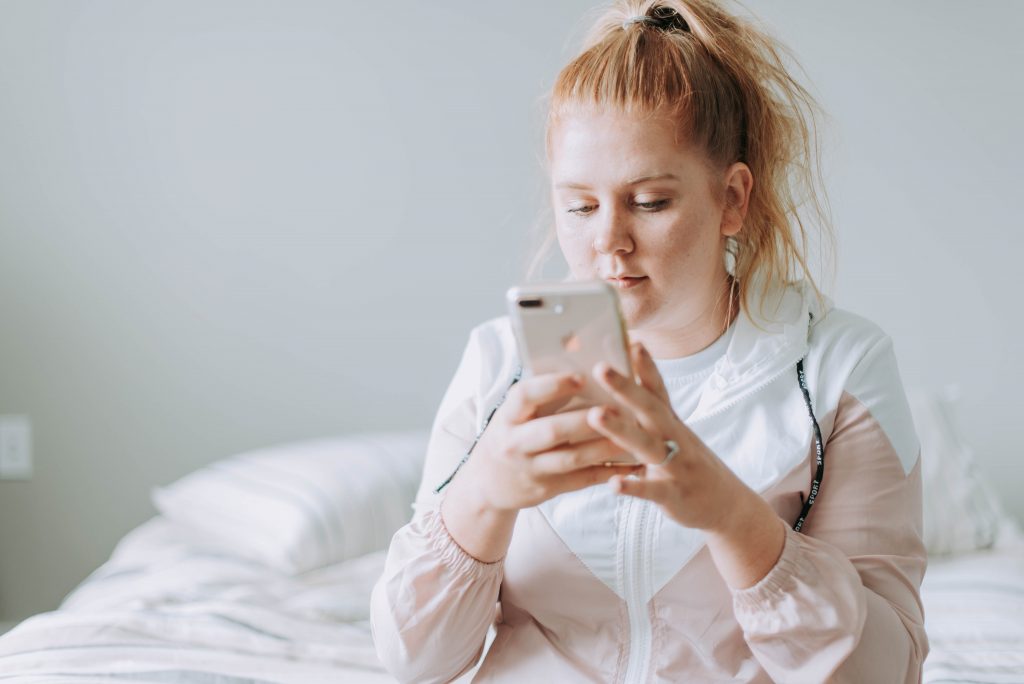
Private or public IP?
Get in good mode!
Zostaw maila, sprawdzimy nasze możliwości techniczne i odezwiemy się do Ciebie, kiedy będziemy mogli Cię podłączyć do sieci
Your adress:{{' '+ locations.street+' '+locations.number+', '+locations.city}}. do you want to change it?
want to enter another address?

Get in good mode!


In the network, we all have an IP address made up of four numbers from 0-255. Each computer connected to the network has its own IP address, which enables its identification.
There are two types of IP addresses: private and public.


Having a private IP address, your devices share the IP address with other network users by means of a mechanism that translates private IP addresses into one public address. When establishing a connection with any device/service on the Internet, the address translation mechanism remembers specific parameters necessary for data transmission between you and the website you want to visit. Having a private IP address, our devices are in the operator’s internal network and are not directly exposed to the world, so we can feel safer. A private IP address, due to being shared with other users, can sometimes make it difficult to use the Internet, requiring, for example, additional verification “are you not a robot” or we cannot log in to company resources while working from home office.
If you’ve had enough of that, you can go public.


The public IP address is mainly used to intentionally connect to a computer from a place other than our home (e.g. from work) or when the service we use requires it, e.g. remote desktop, access to government platforms (ePUAP), smart home devices e.t.c.
We can also easily share or check how our cat is doing by checking the image from the camera. Cool? Cool!


The public IP address is public and permanently assigned. However, such “openness” exposes us to hacker attacks. The most common targets are drives, cameras and other smart devices. We don’t have to worry about anything if: